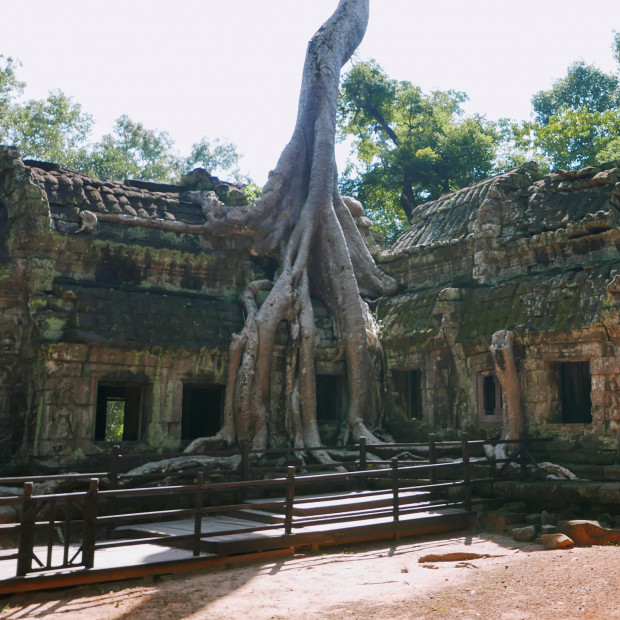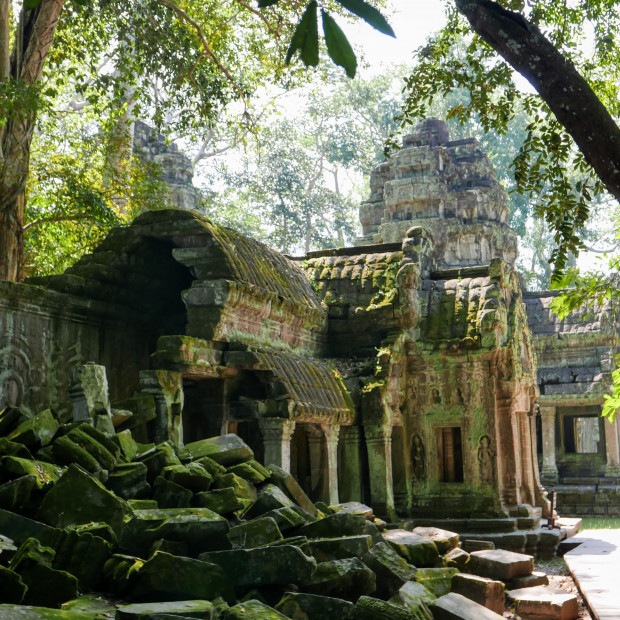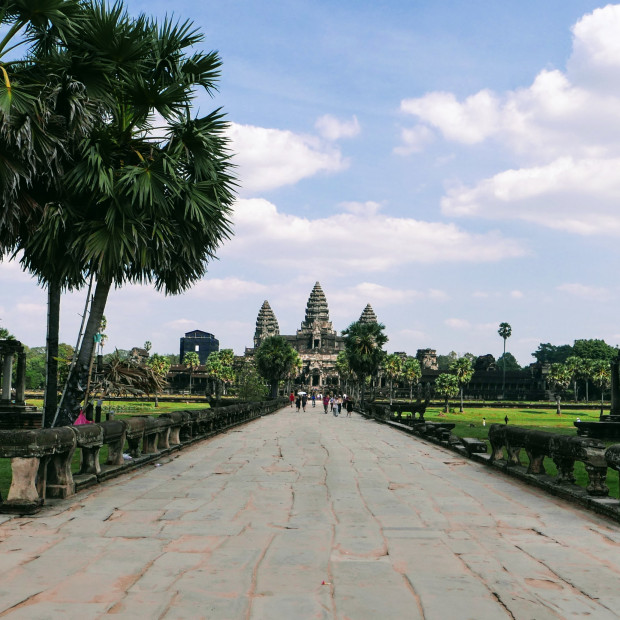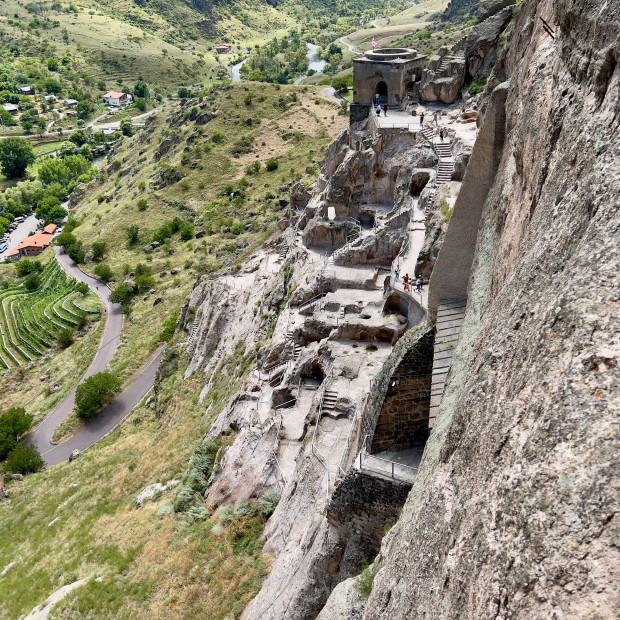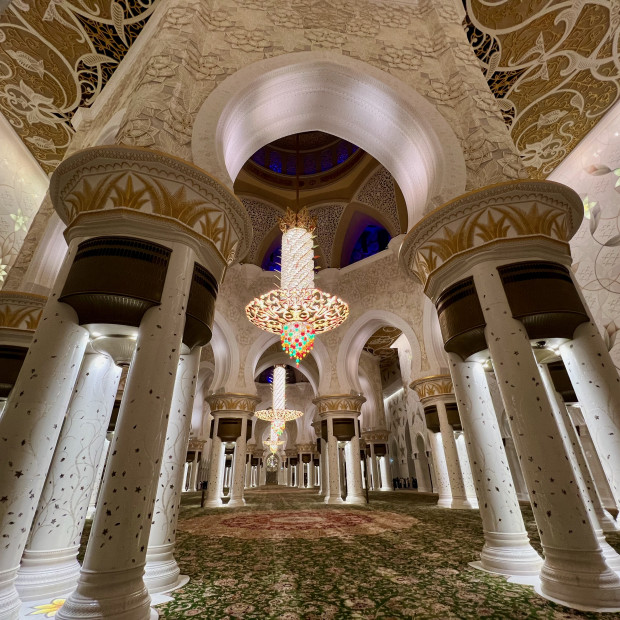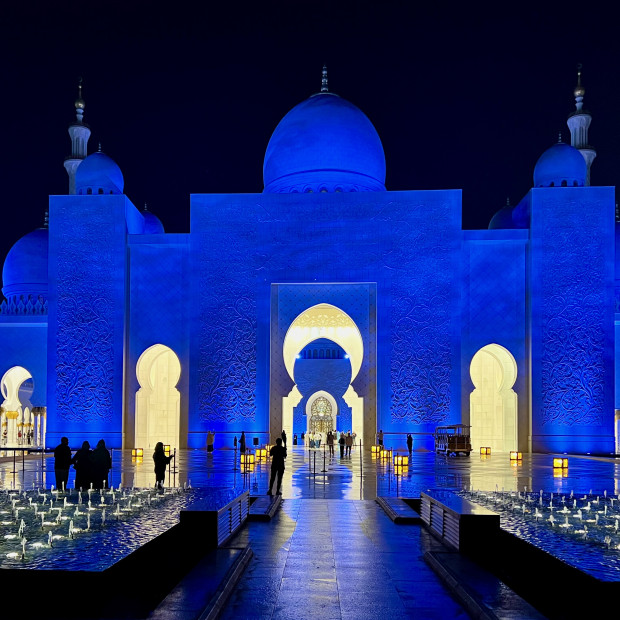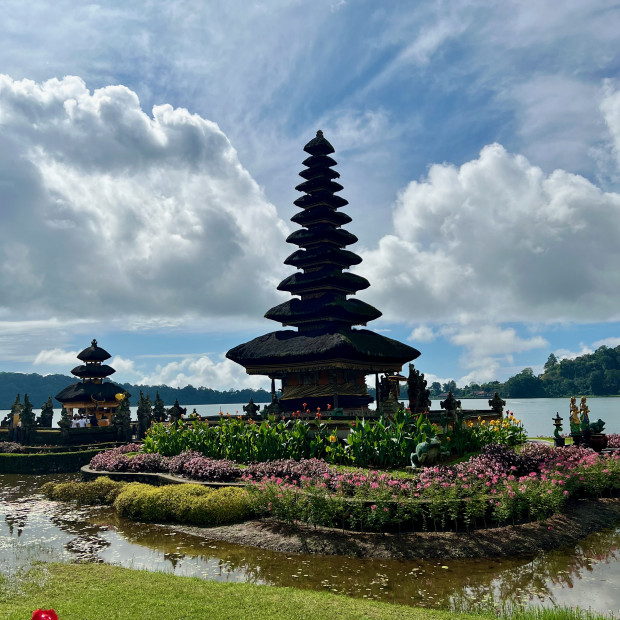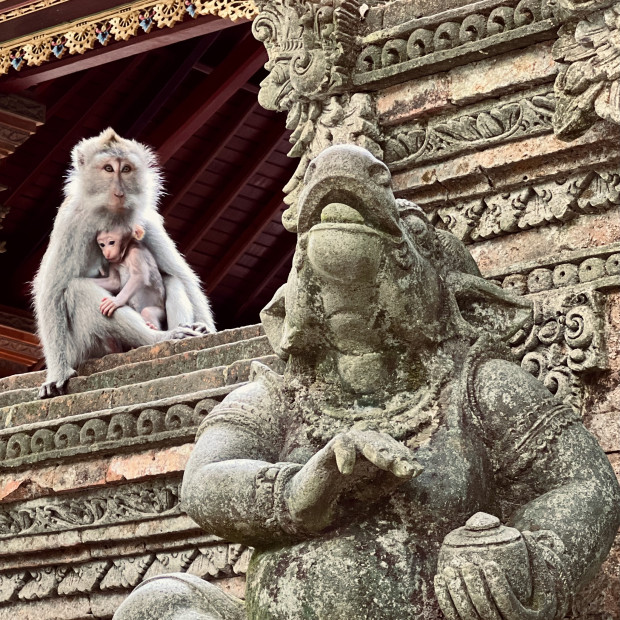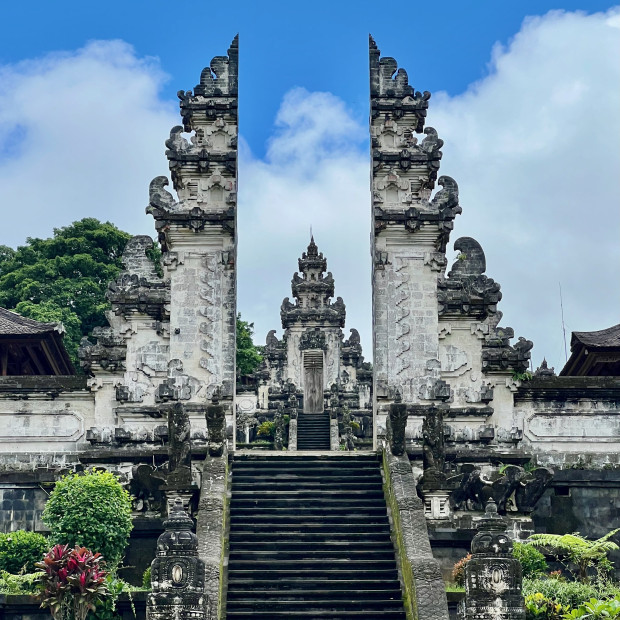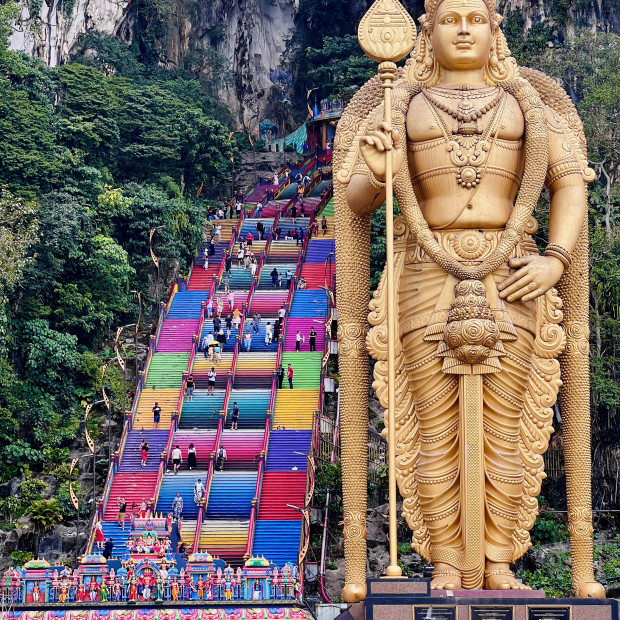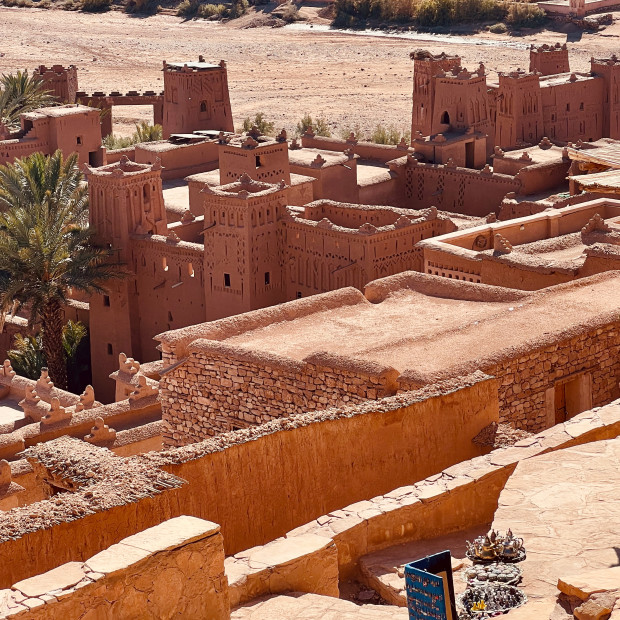About this place
Angkor Wat, located in Siem Reap, Cambodia, is one of the world's most remarkable archaeological sites and a UNESCO World Heritage Site. It is a testament to the grandeur and architectural genius of the ancient Khmer Empire. Built in the 12th century by King Suryavarman II, Angkor Wat is the largest religious monument in the world and an iconic symbol of Cambodia.
Angkor Wat is renowned for its intricate and elaborate design, reflecting the classical Khmer style of architecture. The temple complex spans approximately 162.6 hectares (402 acres) and consists of multiple structures, including towering spires, grand galleries, and ornate bas-reliefs. The central tower stands at an impressive height of 65 meters (213 feet), symbolizing Mount Meru, the mythical home of the gods in Hindu cosmology.
The temple's main entrance faces west, a unique feature among Angkor temples. The outer wall of Angkor Wat is adorned with intricate bas-reliefs depicting scenes from Hindu mythology and historical events. These carvings provide valuable insights into Khmer culture, history, and religious beliefs.
The inner sanctuaries of Angkor Wat house several significant structures, including the central shrine, libraries, and courtyards. The central tower, known as the Bakan, offers panoramic views of the surrounding landscape. Ascending to the top of the tower involves navigating steep stairs, adding to the sense of adventure and discovery.
Angkor Wat's architectural design and layout demonstrate a deep understanding of astronomy and alignment with celestial events. The temple is oriented towards the west, where the sun sets behind the central tower during the spring equinox, creating a spectacular visual phenomenon.
While Angkor Wat was initially dedicated to the Hindu god Vishnu, it later transformed into a Buddhist site. Today, it remains an active place of worship, attracting both tourists and pilgrims alike.
Exploring the expansive Angkor Wat complex is an awe-inspiring experience. Visitors can wander through the intricately carved corridors, marvel at the extensive bas-reliefs, and witness the exquisite interplay of light and shadow. Sunrise and sunset are particularly popular times to visit, as the temple's silhouette against the sky creates a breathtaking spectacle.
Angkor Wat is not only a cultural and historical gem but also an emblem of national identity for Cambodia. Its image adorns the country's flag and is a source of great pride for its people.
A visit to Angkor Wat is a journey back in time, where visitors can immerse themselves in the architectural marvels and rich heritage of the Khmer Empire. The temple's timeless beauty, spiritual significance, and remarkable craftsmanship continue to captivate and inspire visitors from around the world.

